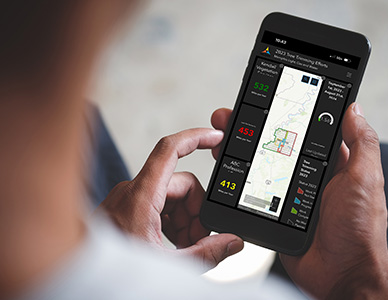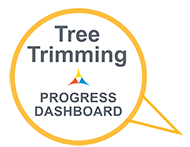
Residential / Tree Trimming

Tree Trimming
At Memphis Light, Gas and Water, we are committed to making our electric system better by trimming
trees, replacing outdated infrastructure, and modernizing the distribution grid. We implemented
our Tree Trimming Plan in September 2023 with three trusted contractors, Kendall Vegetation
Services, Lewis Tree Service, Inc. and ABC Tree Service, LLC.
Crews have made significant progress toward a three-year trimming cycle. The original three-year plan projected completion of 1,491 miles by September 2024. As of August 2025, crews have exceeded that goal, completing 142.63% of the planned miles, helping reduce power outages and improve service reliability for our customers. This demonstrates our ongoing commitment to a safer, more reliable electric system.
Crews have made significant progress toward a three-year trimming cycle. The original three-year plan projected completion of 1,491 miles by September 2024. As of August 2025, crews have exceeded that goal, completing 142.63% of the planned miles, helping reduce power outages and improve service reliability for our customers. This demonstrates our ongoing commitment to a safer, more reliable electric system.
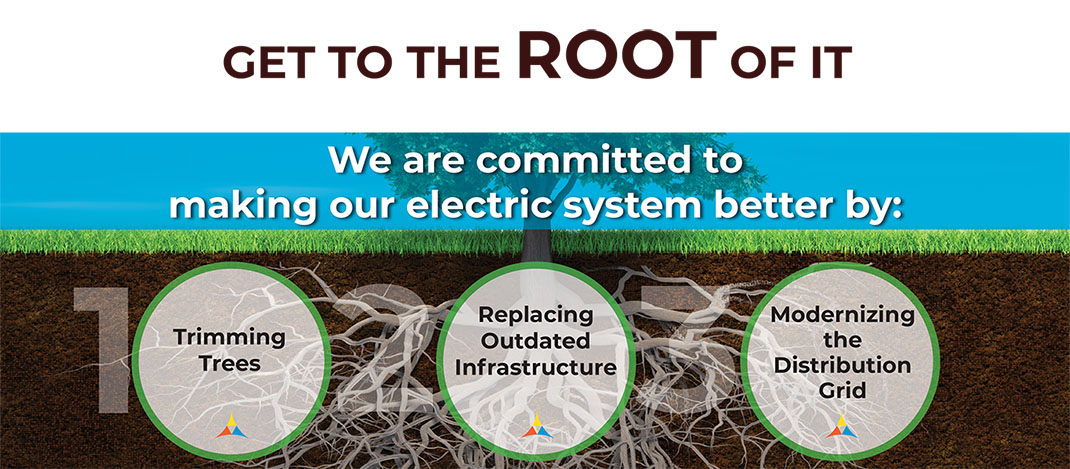
Watch Our Videos to Learn More About Our Process
About Kendell Tree Services
How Far to Trim Trees
The Tree Trimming Cycle
The Tree Trimming Process
MLGW's Tree Trimming Policy
Our contracted crews regularly trim trees that potentially pose a hazard to a powerline or obstructs a street light.
And remember, since it may be three to five years before they return to your property, the crew must gain enough
clearance to accommodate the tree’s growth during this time. The amount of clearance needed is determined onsite
and depends on several factors, such as how close the tree is to the powerline and the type of line involved.
You may call our Customer Care Center at (901) 544-6549 if you are aware of a tree that is interfering with a power line or is in direct contact with one. Remember, never attempt to trim limbs that are near or touching powerlines. Be safe and call MLGW.
You may call our Customer Care Center at (901) 544-6549 if you are aware of a tree that is interfering with a power line or is in direct contact with one. Remember, never attempt to trim limbs that are near or touching powerlines. Be safe and call MLGW.
Trim
If the customer has tree limbs in close proximity of the pole line, MLGW may trim if distribution lines are in danger.
Removal
If the customer has a tree whose trunk is within 10-15 feet (depending on line voltage) of the pole line, and endangering the
distribution line, MLGW will remove the tree. Please note, trees will not be removed due to interference with service drops
(line from pole to the house).
Customer’s Request for Removal
With your written consent, our contracted tree trimming crews will remove a tree that is diseased or
dead and that MLGW feels is hazardous to a nearby powerline.
MLGW’s Line Clearance area will determine whether our facilities are endangered and whether trimming or removal is necessary.
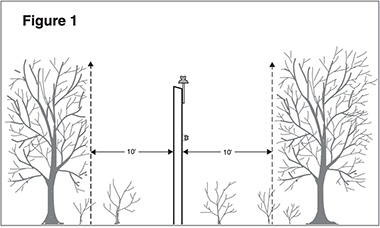
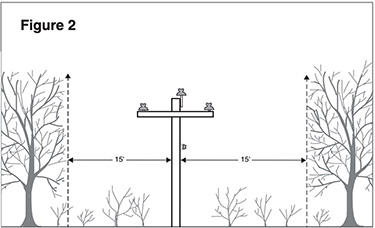
A. Single Phase Line and Secondary
Line Extensions (See Figure 1)
Line Extensions (See Figure 1)
1. All trees will be cut down and underbrush cleared even with the surface of the ground a distance of 10 feet horizontally
from each side of the center line of the proposed pole line, creating a clear corridor 20 feet wide.
2. All trees outside the above mentioned 20 foot wide corridor, the branches of which extend into the corridor, will be side trimmed to maintain a constant 10 foot horizontal clearance on each side of the proposed pole line and the pole line projected upward, further creating a 20 foot wide clear corridor through the ceiling of the tree canopy.
2. All trees outside the above mentioned 20 foot wide corridor, the branches of which extend into the corridor, will be side trimmed to maintain a constant 10 foot horizontal clearance on each side of the proposed pole line and the pole line projected upward, further creating a 20 foot wide clear corridor through the ceiling of the tree canopy.
B. Three Phase Line Extensions
(See Figure 2)
(See Figure 2)
1. All trees will be cut down and underbrush cleared even with the surface of the ground a distance of 15 feet horizontally
from each side of the center line of the proposed pole line, creating a clear corridor 30 feet wide.
2. All trees outside the above mentioned 30 foot wide corridor, the branches of which extend into the corridor, will be side trimmed to maintain a constant 15 foot horizontal clearance on each side of the proposed pole line and the pole line projected upward, further creating a 30 foot wide clear corridor through the ceiling of the tree canopy.
2. All trees outside the above mentioned 30 foot wide corridor, the branches of which extend into the corridor, will be side trimmed to maintain a constant 15 foot horizontal clearance on each side of the proposed pole line and the pole line projected upward, further creating a 30 foot wide clear corridor through the ceiling of the tree canopy.
C. Overhead Service
1. All trees will be trimmed to create a horizontal and vertical distance of 5 feet from a service line.
D. Customer Tree Trimming
1. Customers will be allowed to do their own tree trimming in accordance with the guidelines contained herein.
2. MLGW will be responsible for an initial and a final inspection of a customer’s tree trimming. Any additional inspections may be at the customer’s expense.
2. MLGW will be responsible for an initial and a final inspection of a customer’s tree trimming. Any additional inspections may be at the customer’s expense.
NOTE: Customer Responsibility
It will be the customer’s responsibility to install cornerstakes or otherwise define property lines as necessary for MLGW’s Line Clearance area to complete its work
It will be the customer’s responsibility to install cornerstakes or otherwise define property lines as necessary for MLGW’s Line Clearance area to complete its work

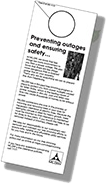
Communication Process
MLGW and our contractors make every effort to inform customers when we are working in the area.
- Customers will be notified of line clearance schedules through:
- utility bill inserts notices;
- courtesy notification (door knocker)
- personal contact
In emergencies, customers may not be notified
Crews working in areas will leave a courtesy notification four to five days ahead of anticipated trimming maintenance.
If crews receive no reply or communication from customer, they will proceed with tree trimming.
TreeTrimming FAQ's
There are some frequently asked questions regarding our tree trimming process and we have the answers.
PRINT FAQs PDF
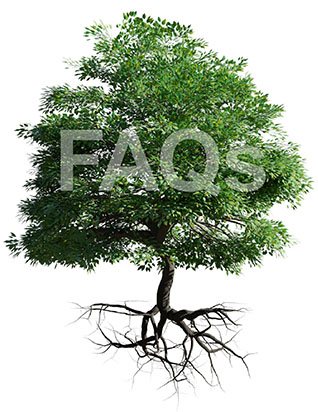
When does MLGW plan to trim branches in my neighborhood?
Our goal is to clear 1,491 right-of-way miles per year which equates to a third of the total amount of miles that
serve all of Shelby County. Based on the data we have gathered; we plan to start in the areas that are in the
most need. We have divided up our area of distribution into three areas, each of which will be assigned to one
of the three vendors we contract. Please visit our tree trimming dashboard for updates.
Why are we focused on tree trimming?
Our tree program is key to preventing power outages. When tree limbs grow near overhead electrical wires,
they can contact the wires and become energized. A live tree conducts electricity because of its sap and
water content. Water is an excellent conductor of electricity. Trees and wires are dangerous. Electrical
power is strong enough to injure or kill humans.
Approximately 40% of our power outages are caused by trees. Wind can blow tree branches or the entire
tree itself into power lines causing outages. Additionally, contact between two or more exposed wires
can cause a fault. In 2023, the storms we experienced accounted for 60% of outages.
Our trimmers have the necessary training, qualifications, and equipment to work near the lines. Pruning trees maintains clear access to our electrical equipment and wires, and this clearance helps to keep our workers and the public safe.
1. Look for powerlines before pruning trees and large shrubs. If lines are near, do not attempt any tree work.
2. Never climb a tree where limbs can encounter overhead electrical wires.
3. Never extend long-handled saws or pruners into a tree without checking for power lines.
4. Do not move ladders or long-handled pruning tools around the yard without looking up.
Our trimmers have the necessary training, qualifications, and equipment to work near the lines. Pruning trees maintains clear access to our electrical equipment and wires, and this clearance helps to keep our workers and the public safe.
How are trees trimmed?
Our goal is to keep trees healthy while making sure they don’t interfere with power lines.
Who cleans up the debris after trimming?
During normal trimming, our contractors will remove and/or chip tree limbs and debris from your property. However, MLGW
does not remove tree debris caused by a storm.
Will MLGW ever cut down a tree?
Trees growing directly under or close to power lines can be difficult to trim. In some cases, it is best to remove the tree.
Candidates for tree removal are assessed on an individual basis.
Can MLGW legally trim trees?
Courts in Tennessee support a public utility’s right to trim and remove trees, both within and outside of the right-of-way.
According to the Municipal Electric Plant Law of 1935 and the Metro Charter, Appendix III, Article 42, MLGW has the power
to purchase, construct, and improve the electric system and to “do all acts and things necessary and convenient” to carry
out the power given.
Who can I contact for additional questions?
For more information or to report a tree that interferes with the service line, call (901) 544-6549.
What can homeowners do to help?
If you are a property owner with very large trees, it is incumbent upon you to trim those trees.
What is MLGW’s plan of action moving forward?
Our goal is to clear 1,491 right-of-way miles of obstructing tree branches each year. We are exploring the idea of
supporting legislation to identify and remove any diseased or distressed tree from public property that poses a risk
to our infrastructure. View our line clearance brochure for more details.





